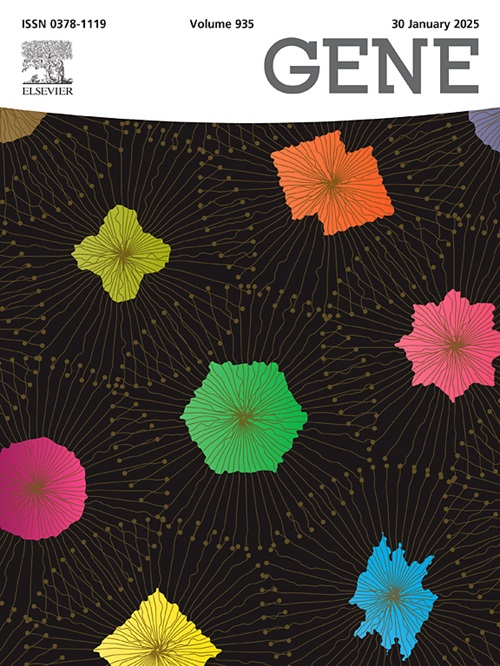小鼠肺腺癌模型:临床前研究的宝贵工具。
IF 2.4
3区 生物学
Q2 GENETICS & HEREDITY
引用次数: 0
摘要
肺腺癌(LUAD)是非小细胞肺癌(NSCLC)的一种主要亚型,因转移和预后差而死亡率高。利用各种小鼠模型模拟人类LUAD对于促进对其机制的理解和开发新的治疗方法至关重要。本文综述了LUAD研究中常用的肿瘤小鼠模型,包括细胞来源的异种移植(CDX)、患者来源的异种移植(PDX)、致癌物诱导模型和基因工程小鼠模型(GEMM)。我们讨论了每个模型的适用性、益处和局限性,并建议使用模型组合来增强对人类LUAD的研究相关性,帮助发现新药和个性化治疗。本文章由计算机程序翻译,如有差异,请以英文原文为准。
Murine models of lung adenocarcinoma: Valuable tools for preclinical investigation
Lung adenocarcinoma (LUAD) is a primary subtype of non-small cell lung cancer (NSCLC), notorious for its high mortality due to metastasis and poor prognosis. Utilizing various mouse models to simulate human LUAD is essential for advancing understanding of its mechanisms and developing new treatments. This review examines tumor mouse models commonly used in LUAD research, including cell-derived xenografts (CDX), patient-derived xenografts (PDX), carcinogen-induced models, and genetically engineered mouse models (GEMM). We discuss the suitability, benefits, and limitations of each model, and proposes using a combination of models to enhance research relevance for human LUAD, aiding in the discovery of new drugs and personalized treatments.
求助全文
通过发布文献求助,成功后即可免费获取论文全文。
去求助
来源期刊

Gene
生物-遗传学
CiteScore
6.10
自引率
2.90%
发文量
718
审稿时长
42 days
期刊介绍:
Gene publishes papers that focus on the regulation, expression, function and evolution of genes in all biological contexts, including all prokaryotic and eukaryotic organisms, as well as viruses.
 求助内容:
求助内容: 应助结果提醒方式:
应助结果提醒方式:


